
The project aims to develop self-powered paper devices that generates power based on interaction with water moisture. Due to the light weight of these devices and their ability to generate power, they can be incorporated to disposable face masks to power 'on demand' integrated sensors, for disease detection. The sensors will be activated as a result of the interaction of the water content in human breath and the developed paper devices.
Read more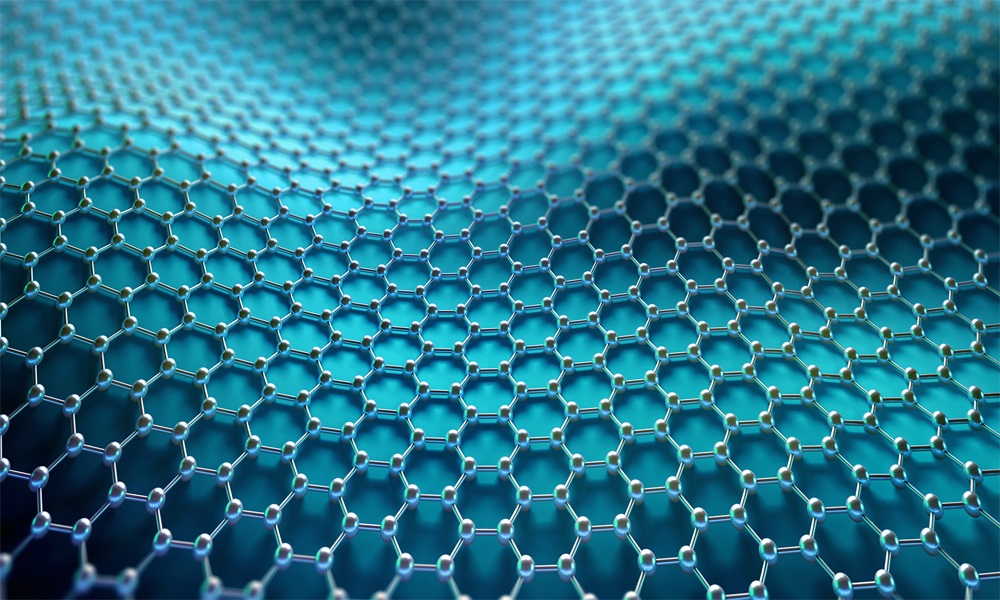
The project aims to develop self-powered paper devices that generates power based on interaction with water moisture. Due to the light weight of these devices and their ability to generate power, they can be incorporated to disposable face masks to power 'on demand' integrated sensors, for disease detection. The sensors will be activated as a result of the interaction of the water content in human breath and the developed paper devices.
Read more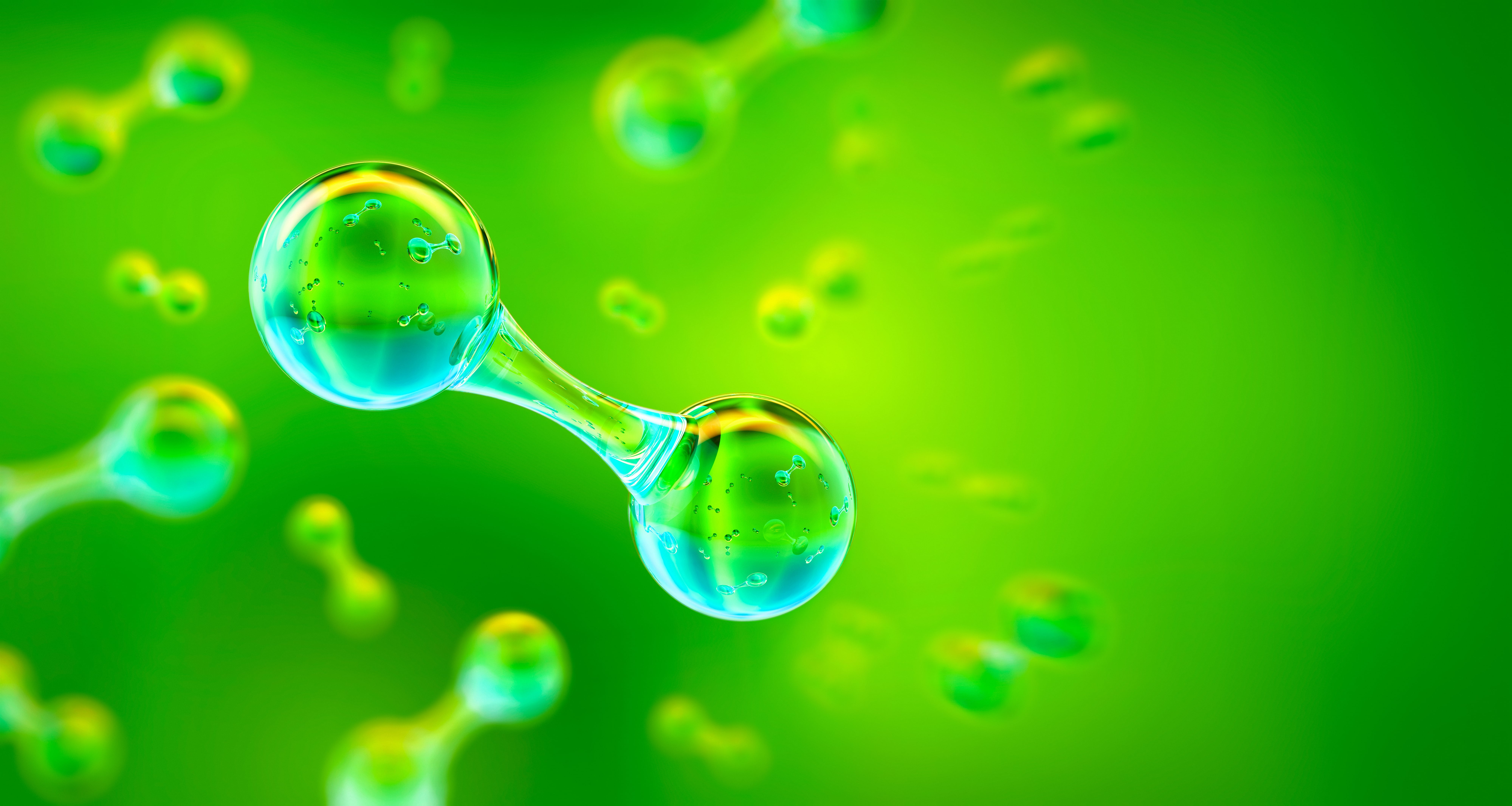
One form of process intensification is to perform the process at a microfluidic scale channels, however with thousands of these microfluidic processes running in parallel. This is applicable to many processes such as reactions and separation. One unique aspect of these platforms that becomes critical for emulsion separation is the surface chemistry of the channels. Patterned surface chemistry of microfluidic platforms results in an alternating surface energy that interacts with the different components of the emulsions causing its destabilization without an external source of energy. Due to the different materials used in fabrication microfluidic platforms and in modifying the surface…
Read more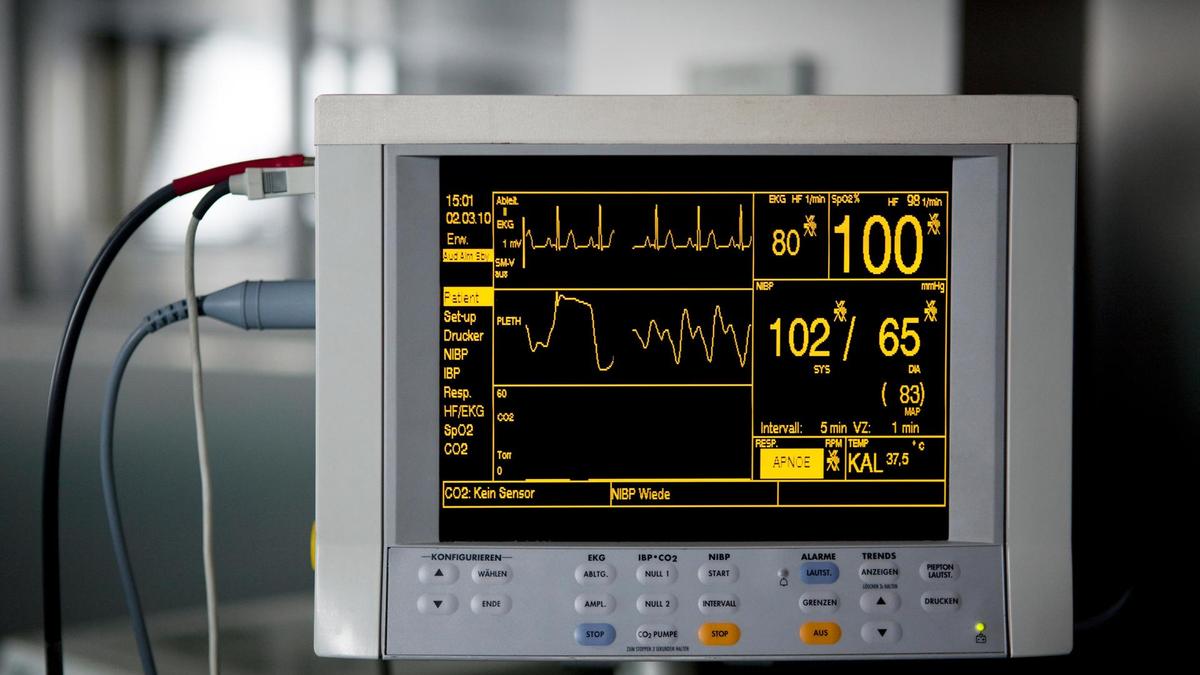
Passive radar systems provide for target detection and situational awareness. They do not send dedicated electromagnetic (EM) waves, but rather they exploit EM waves emitted by other sources (such as WiFi routers, FM towers, etc.) for other purposes. In this project, new radar system founded on novel design concepts will developed to address the multiple rising needs in the industry.
Read more
It is a major challenge to reduce global warming through the reduction in the carbon emission into the atmosphere. Hydrogen in this context could serve to be the ideal fuel of the future, categorized as green and blue hydrogen. Among the different ways of hydrogen production, thermo-catalytic decomposition of methane is an attractive way to produce clean hydrogen, devoid of COx with low energy consumption. Thermodynamics favors operation at low pressure and high temperature while stoichiometry indicates large proportion of carbon as compared to H2 (mass). The proposal attempts to synthesis tunable porous transition bimetallic catalyst that would maximize decomposition…
Read more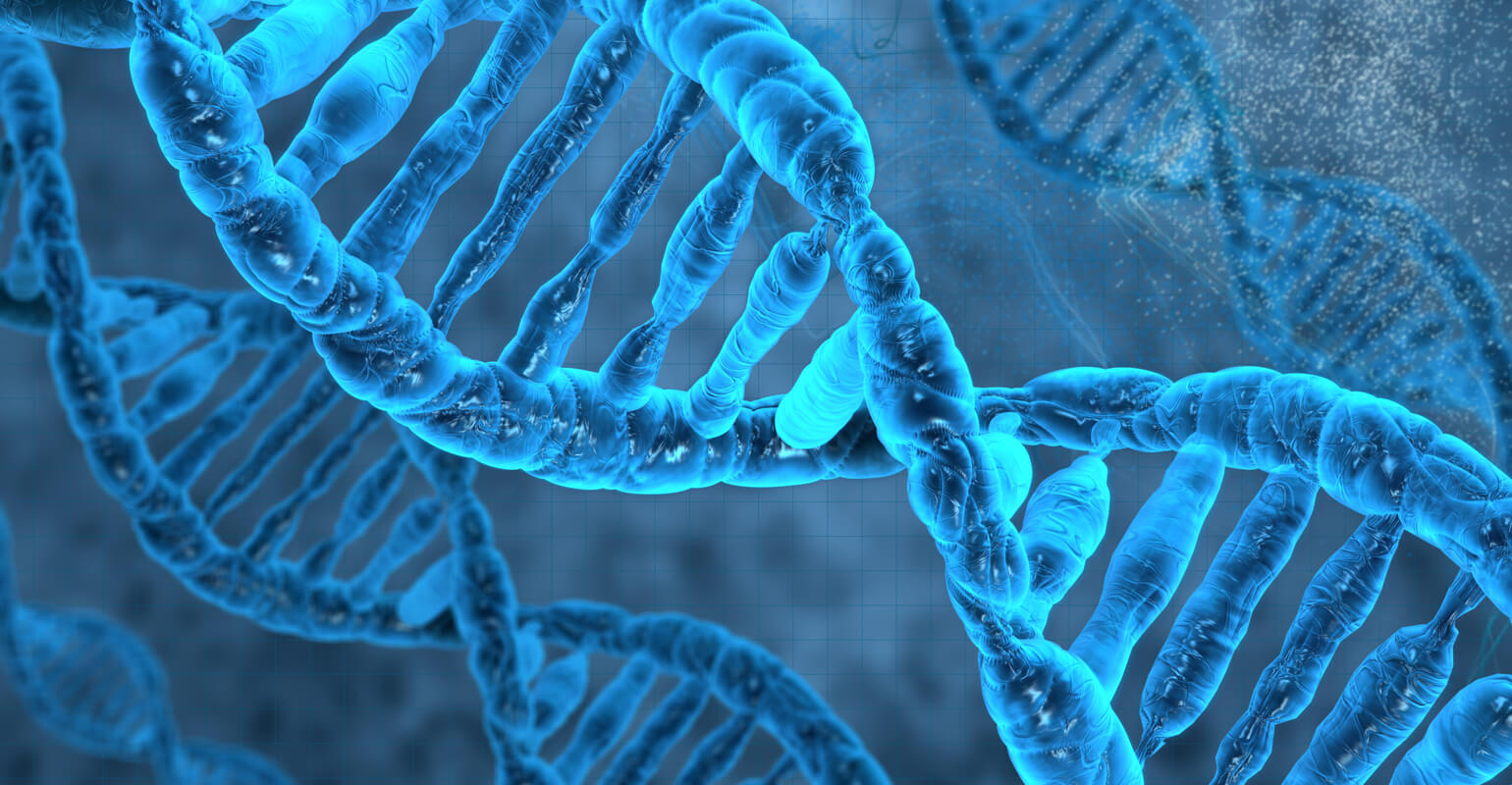
In this project, our objective is to investigate the impact of periostin on global gene expression in chondrocytes. Chondrocytes will be exposed to recombinant periostin, and RNA-seq analysis will be performed to examine the expression of genes both up-regulated and down-regulated in response to periostin treatment.
Read more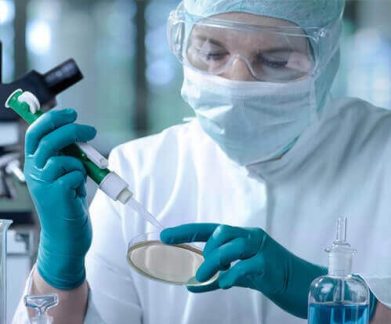
Nearly one in every hundred children born on this planet suffers from life threatening genetic disorder . Two key goals are to understand the molecular changes at the systemic level in these mutation-bearing individuals and with this knowledge to advance the science of medicine. One way to achieve such goal is to replicate the same mutation in model systems. Mammalian mouse models have been favored however, owing to high cost, less fecundity and time involved with maintenance of these animals, very few mouse disease models have been generated indicating the need for a fast and reliable model systems. Due to…
Read more
In this project we design, develop and investigate novel techniques and materials for the recovery of valuable elements such as Lithium and Magnesium
Read more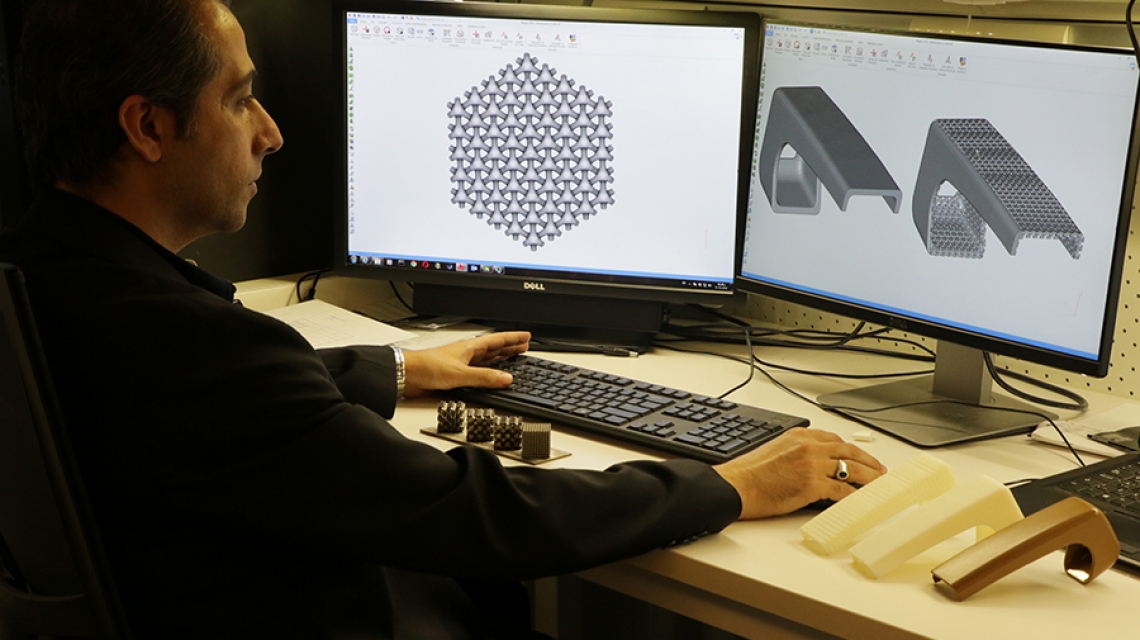
Project is on the new propulsion system of 2D material structures via laser and light irradiation. This project is related to Light Sails, which propel with the help of visible light. In this project we make new 2D materials, which can propel with the help of different lasers and lights, which are important for Space applications which most of the space agencies and organisations are interested in.
Read more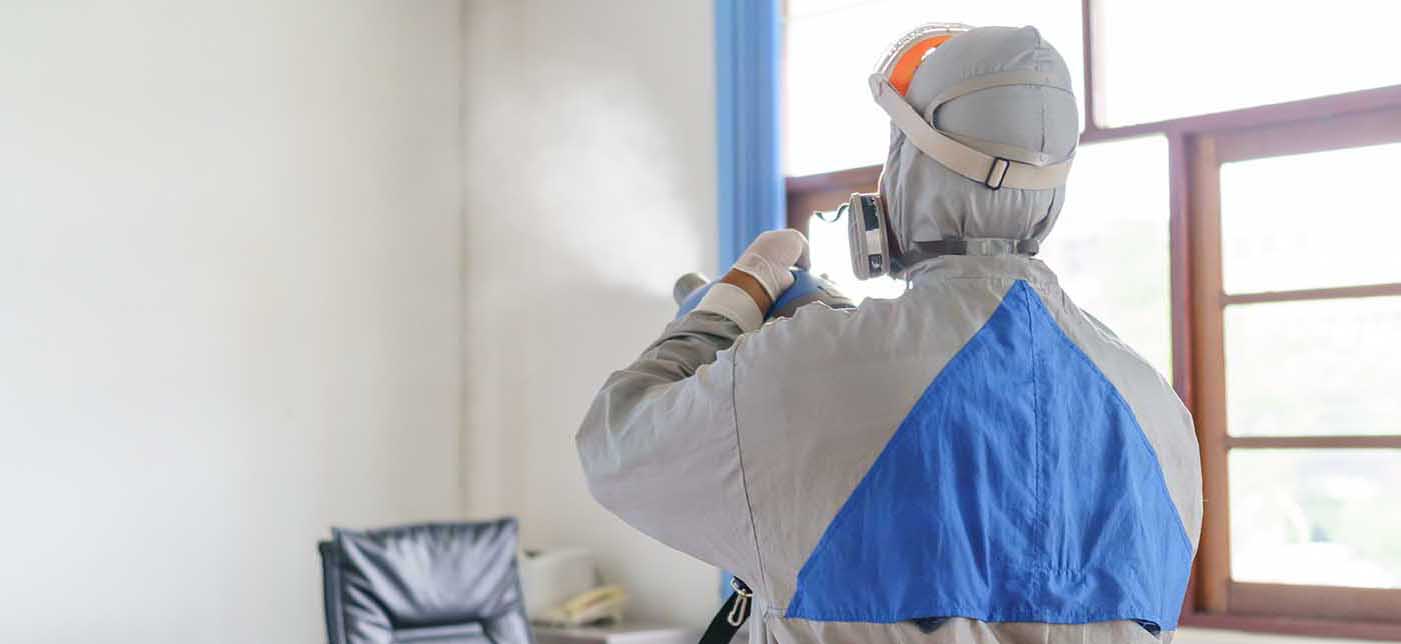
This project is about synthesis of MOFs. Student is required to synthesize various MOFs and fully characterize them. They will get hands on experience in different synthetic techniques and characterization. The as-synthesized MOFs will be then tested for different applications such as separation, catalysis etc.
Read more
Addressing the urgent need for environmentally sustainable solutions in water remediation, particularly in tackling persistent emerging contaminants such as perfluorooctanoic acid (PFOA), antibiotics, this project main objective is to use novel green solvents, namely deep eutectic solvents (DESs) for the purification of wastewater. DESs have many advantageous characteristics, e.g. low volatility, non-flammability, fine-tunning, etc.
Read more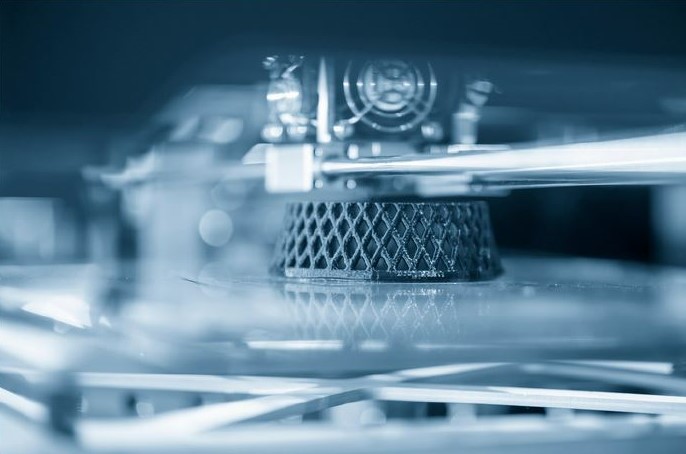
The objective of this project is to develop advanced membrane materials and fabrication techniques for improved water and wastewater treatment applications. The project aims to address current challenges in membrane technology, such as fouling, low permeability, and high energy consumption, by exploring innovative materials and manufacturing processes.
Read more
Diabetes mellitus represents one of the major public health issues affecting hundreds of millions of people worldwide, with an increasing prevalence of about 16% in the United Arab Emirates (UAE), where the onset of the disease is 10-15 years earlier than the global average. Up to one-third of all deaths in adult UAE nationals with T2D could be attributed to non-optimal glucose levels control. Given this high incidence of type 2 diabetes (T2D), consanguineous marriages, lifestyle influence, and total healthcare costs allocated to diabetes management in the Middle East population that are being among the highest in the world, it…
Read more
This project aims at developing a new Cr-coating technique on Zr alloy cladding. To protect the Zr alloy substrate and improve the oxidation resistance of cladding during severe accidents, it is desirable to apply Cr-coating to both of the outer and inner surface of Zr alloy cladding tube. In this project, study the characteristics of the different type of fuel assemblies adapted in APR-1400 design and 2D core to perform preliminary neutronics analyses by utilizing deterministic and Monte Carlo methods for reference cladding and coated cladding materials.
Read more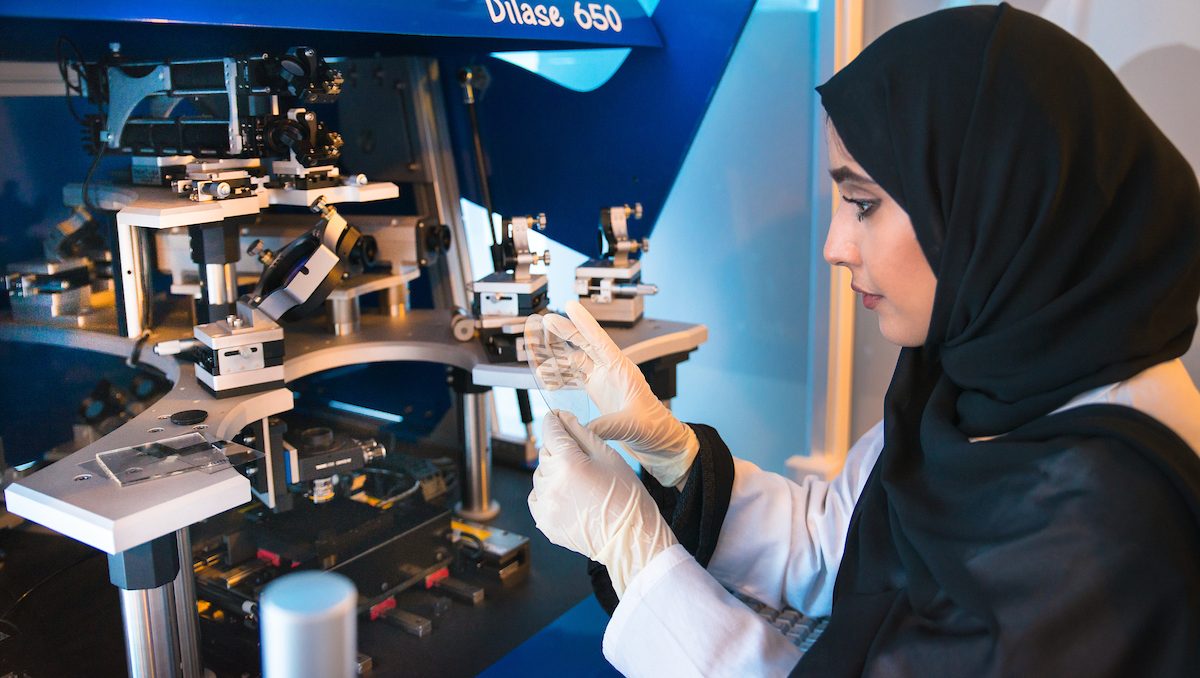
The proposed project aims to deliver highly efficient and selective polymer membranes for water purification via rational design and synthesis. Among the interesting properties, we plan to uncover (1) the role of ordered structure in solvent flux and fouling control, (2) a tunable internal surface area and pore size distribution, and (3) the generality in synthetic inclusion of different pores into the polymer membrane. The planned synthesis potentially results in various polymers and/or membranes with high surface area and pre-designed network structures. These materials will be tested for their ability in removal of water pollutants via nano/ultra-filtration. This work provides…
Read more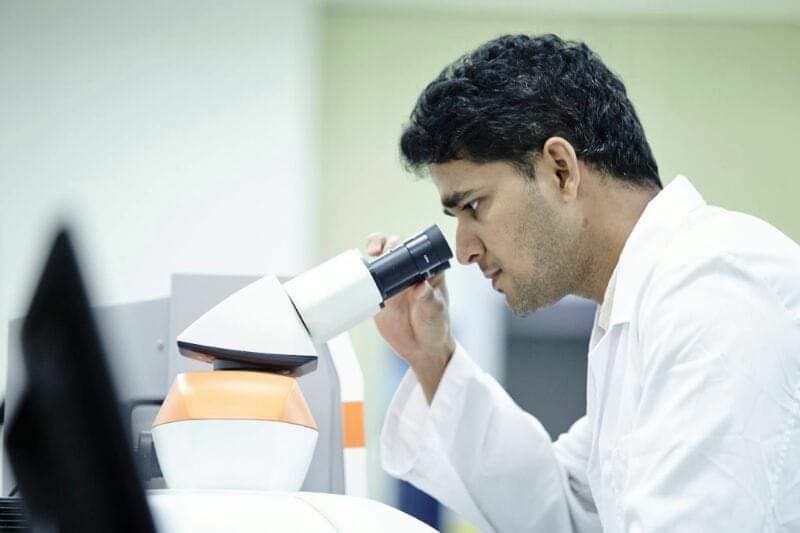
The proposed project aims to design and synthesize series of polymers for efficient CO2 adsorption and/or electro- or photochemical reduction to value-added products. The design of the project involves tailoring synthesis of polymers with catalytically active metal centers featuring high surface area and high chemical stability in extreme pH conditions. This work provides an experimental strategy that can be employed to control the physical and chemical properties of polymeric networks including their electronic and energy-states to achieve novel electro/photo-responsive behavior, and utilize them as green, sustainable environmentally benign and industrially viable catalysts. This investigation will be part of a larger…
Read more